Kobe Beef and What Makes It So Special
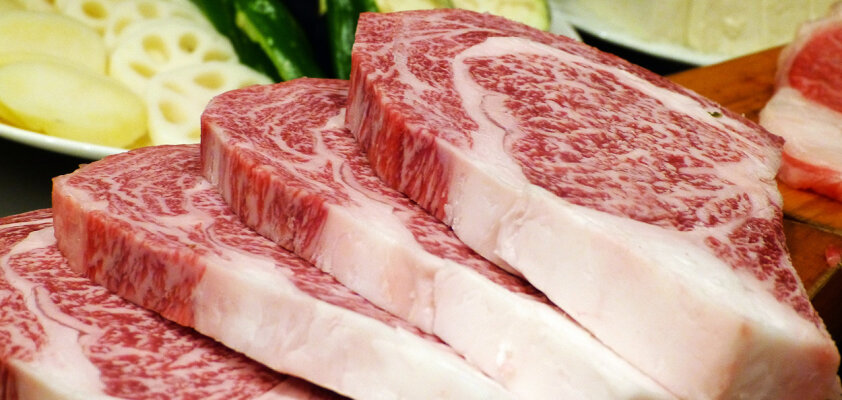
Kobe Beef is the most expensive and, according to many, the best meat in the world, making it a unique luxury product. The Kobe Beef, originating from Japan, comes from the robust Wagyu cattle (Wagyū; 和牛; Wa-gyū = "Japanese cattle"). The cattle slaughtered for this purpose are mainly castrated bulls, oxen, or untouched cows. The unique fat marbling in the meat of these cattle is influenced, among other factors, by the castration of the calves. There are three types of Wagyu cattle distinguished worldwide:
- Japanese Black (Kuroge Wagyu)
- Japanese Shorthorn (Tankaku Wagyu)
- Japanese Brown (Akage Wagyu)

The Japanese Black is the most commonly used Kobe cattle in the world. In the breeding process, breeders place special emphasis on a stress-free and natural environment, extended rearing periods, and the traceability of a pure bloodline (without mixing with other cattle breeds), all contributing to the unique taste and quality of the beef. However, the meat from Wagyu cattle is not directly synonymous with exclusive Kobe beef. The designation original Kobe Beef can only be used for meat products from Wagyu cattle - more specifically, from purebred Tajima cattle - that are directly from the Kobe region, meaning they were born, raised, and slaughtered there.
What makes Wagyu beef so delicious?
Steaks and other meat products from Wagyu cattle are distinguished by their unique fat marbling, very tender tissue structure, and a highly flavorful, almost nutty taste. For Kobe beef, the marbling level is even assessed according to a specific Beef Marbling Standard (BMS), which can range from 1 to 12 based on marbling, where 1 indicates low and 12 indicates very high fat marbling. Kobe beef with a high BMS is thus an important and globally recognized quality criterion. The fat ensures a special juiciness of the beef during preparation, making Kobe beef literally melt in the mouth. Kobe enthusiasts even argue that chewing is entirely unnecessary with this meat. In addition to meat quality, the very long rearing time and special conditions for raising the cattle also play a crucial role.
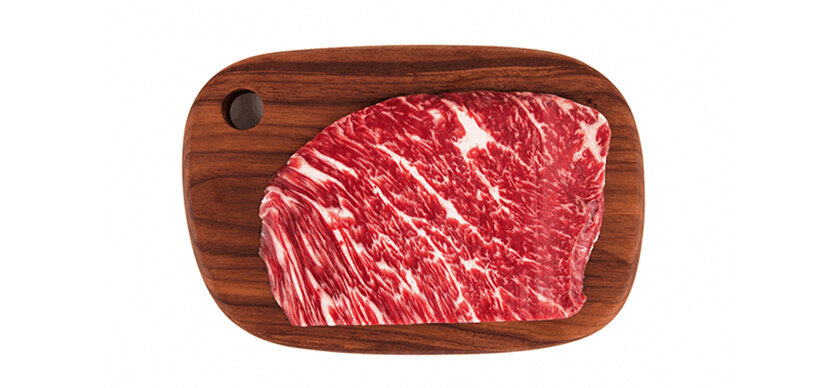
Why is Kobe beef so expensive?
Is the price for Kobe beef justified, or is it a kind of madness in the cattle world? With such high kilogram prices, this question is certainly justified. Meat lovers around the world, however, are convinced of the unique quality and the price-performance ratio: Due to the strict conditions for when meat can be labeled as original Kobe beef, the raising, breeding, and sale of this luxury item involve very high efforts. A cattle needs two and a half years to fully mature and weigh around 700 kilograms. The breeder alone receives an average of €8,000 (equivalent to over one million yen) for one animal. At the Japanese butcher, 100g can cost up to 5000 yen. Additionally, these animals are not allowed to be exported alive, so the raising of original Kobe cattle is exclusively done in Japan, and the supply is somewhat limited. The costs of keeping animals in Japan are also significantly higher on average than in other countries. Only a few thousand Japanese Kobe cattle are slaughtered annually (approximately 4,000 Kobe cattle per year). For this reason, along with its status as the world's most exclusive beef, the price of Kobe steaks and selected fillet pieces is extraordinarily high, but it doesn't deter demand. On the contrary. A somewhat more affordable alternative is meat from Wagyu cattle that do not come from the Japanese Kobe region but exhibit comparable meat quality. Wagyu cattle are now also bred in Australia, the USA, and Germany, and therefore can be offered at a lower price. The export of Wagyu cattle, their embryos, and their semen to other countries around the world has only been allowed since 2014.
How to prepare Kobe beef correctly?
 2 peronsNo. of persons
2 peronsNo. of persons
 ca. 30 minutes Preparation time
ca. 30 minutes Preparation time
 ca. 45 minutesTotal Time
ca. 45 minutesTotal Time
 easyLevel of difficulty
easyLevel of difficulty
 main mealDish
main mealDish
 Meat
Meat
 Kitchenware
Kitchenware
If a meat lover is willing to pay such a high amount for a piece of beef, it should definitely be prepared properly to maintain the unique enjoyment. The most important things to consider when preparing the world's most famous luxury meat are listed below:
Fresh Kobe beef can be stored in the refrigerator for up to 12 days. In the form of frozen goods, the beef can be kept in the freezer for up to 6 months without interrupting the cold chain. At this price, it should be ensured that the preparation is done in a timely manner, as wasting such a gourmet product would be a shame. Perfect steaks are traditionally prepared in a cast-iron grill pan, following the Japanese style. The preparation of a luxury steak, such as a 600-gram ribeye steak (price approximately 300 euros) or a Kobe fillet in an original cast-iron pan, looks similar. The unsalted meat, brought to room temperature and without added fat (the beef has enough fat on its own), is placed in the preheated pan. Let it sear for about 90 seconds on each side, then allow it to rest for at least fifteen minutes before slicing and tasting. Such an expensive piece of meat should be tasted first without any seasoning to enjoy the unadulterated flavor. Salt can be added afterward. The advantage of preparing it in a cast-iron pan, as opposed to on the grill, is that the luxury fat released by the meat can be collected in the pan and used for preparing other dishes. A 600-gram steak is sufficient for two or three people; due to the high fat content of Kobe beef, even a 200-gram piece is very satisfying, and the cost can be shared among several people (although 100 euros for 200 grams of meat is still quite expensive).
How much does a Kobe beef steak cost?
The price of Kobe beef depends primarily on the type of meat, the cut used, and where in the world it is sold. In online purchases, original Kobe Wagyu fillet medallions from Japan cost almost 700 euros per kilogram, original Kobe Wagyu sirloin steaks around 430 euros per kilogram, and original Kobe Wagyu ribeye about 480 euros per kilogram. An authenticity certificate should be presented (as there are fraudsters in the Kobe meat trade). When ordering a Kobe steak in a restaurant, preparation and serving costs are added, which can significantly increase the price of the beef. The meat from non-Kobe Wagyu cattle ranges from 60 to - for a fillet - 600 euros per kilogram, sometimes still significantly lower than comparable Kobe cuts. Whether this price is ultimately worth the enjoyment also depends on the meat lover's budget.
What does Kobe beef have to do with sustainability and health?
Animal lovers and vegetarians, who refrain from eating meat due to the poor conditions in which slaughter animals are kept, should be able to indulge in Kobe beef with a clear conscience. Legends about the special upbringing of these Japanese cattle include daily pampering, massages, exposure to classical music, and feeding with beer, vitamin-A-rich hay from Canada, and sake. This unique feeding regimen results in a particularly favorable ratio of unsaturated to saturated fatty acids in the steaks, promoting health for consumers. All of this is believed to contribute to the unique taste of the meat and is considered necessary, influencing the price. The manure from these super-healthy Japanese organic cattle is specifically used for organic vegetable farmers. However, it is certain that the rearing takes place under completely stress-free conditions and adheres to the world's highest organic quality standards. The meat tastes so good because the Japanese animals have led happy lives. Tight confinement, antibiotic administration, and similar practices are not present here, making Kobe beef not only the most expensive and best in terms of price but also the healthiest gourmet meat in the world, with a unique fat marbling and fat distribution. For these reasons, consuming this exquisite meat product can be done with an absolutely clear conscience. Enjoy your meal!
Check out our shop for a wide selection of cast-iron pans!

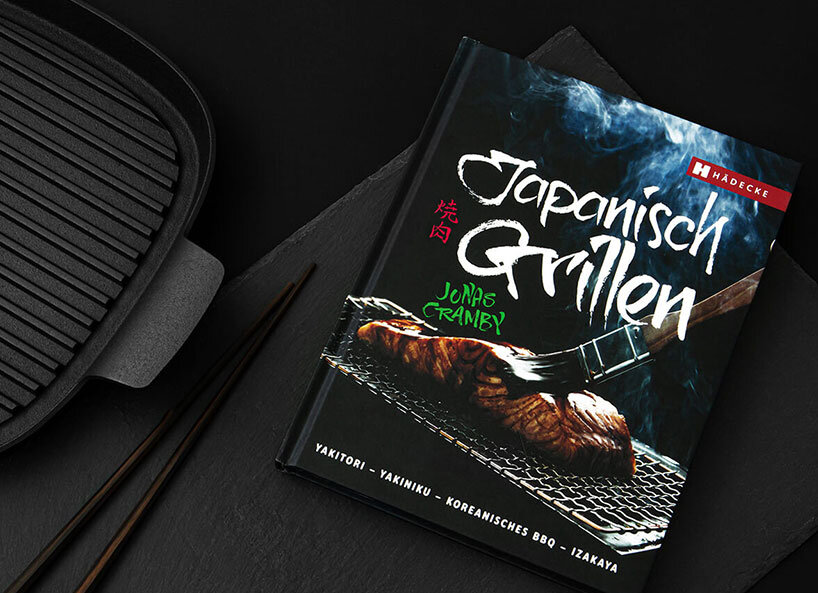
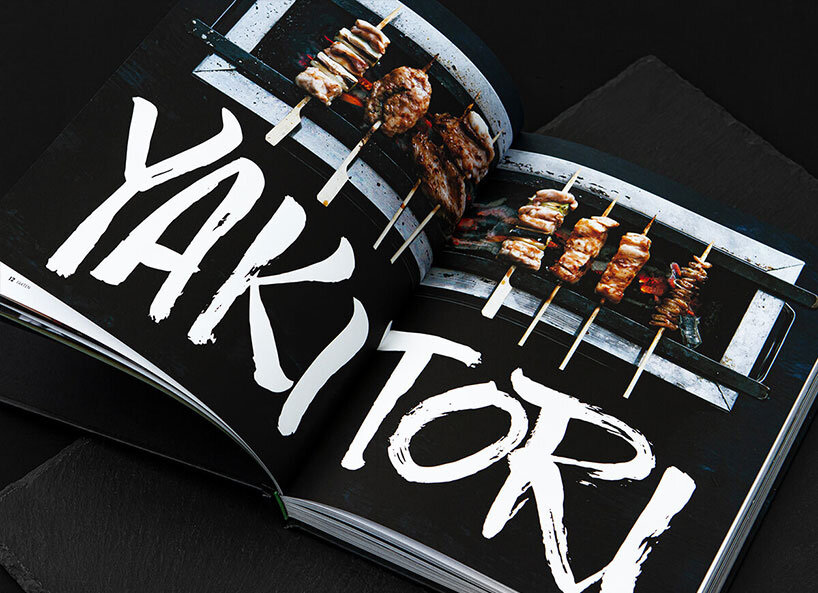
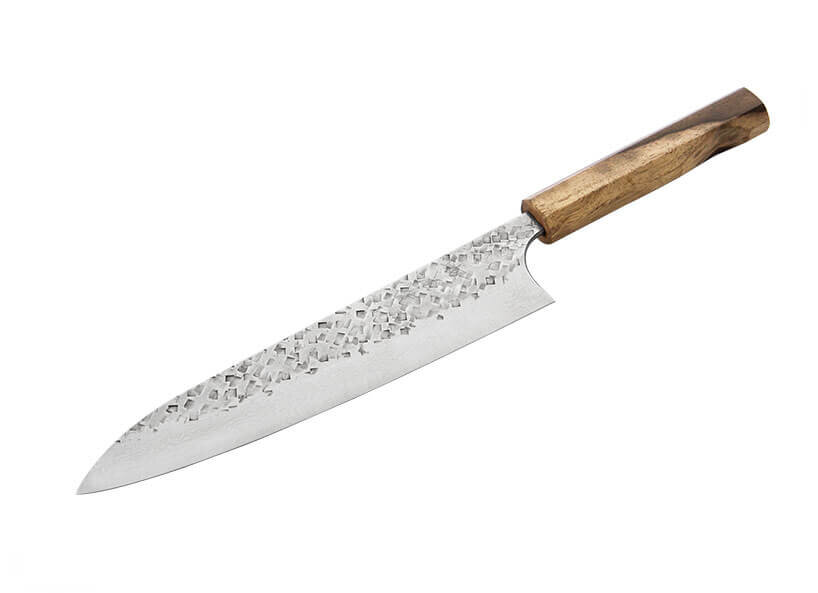
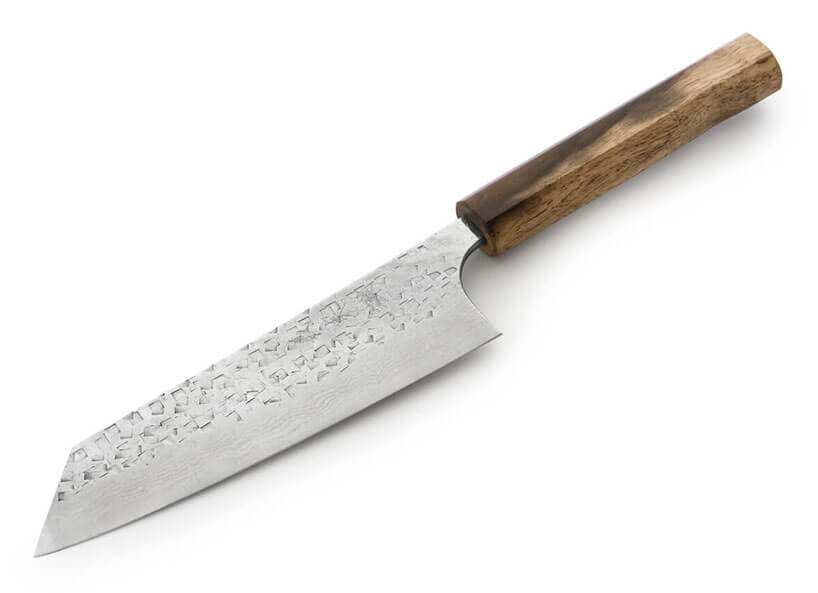










-from-the-yakiyaki-grill-pan.jpg)




